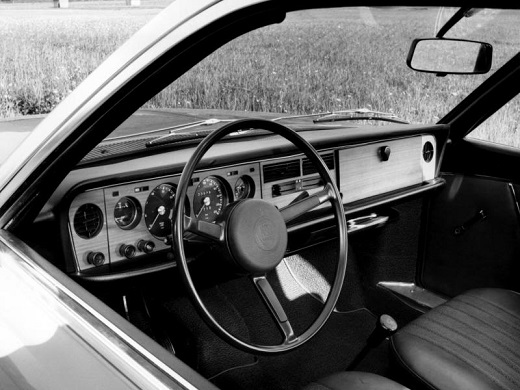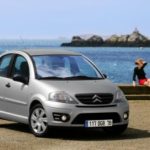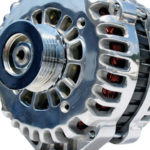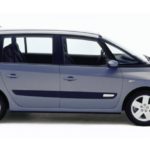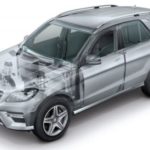NSU Ro80 1967 - 1977 - Model history
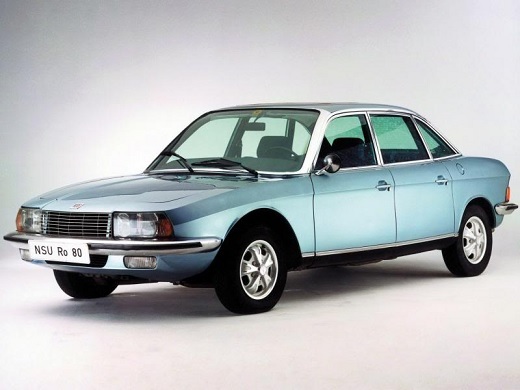
NSU Ro80
Not only did it set standards for aerodynamics, but it also had the famous Wankel rotary engine and survived on the market for the next ten years, during which time it received much praise but also criticism. NSU was founded in 1873 in the small German town of Neckarsulm, and like most early car manufacturers, the company initially engaged in various businesses. In the case of NSU, that job was sewing machines, after which the company got its name - Neckarsulm Stickmachinen Union. By 1901, NSU began making engines, in 1905 cars, and a couple of years later trucks. Although the company developed several very successful cars during the 1920s, the difficult 1930s forced NSU to sell the automobile division to Fiat and concentrate only on engines. It was not until the mid-1950s that NSU decided to try out cars again, and in 1957 it introduced the Prinz model, a small car with a two-cylinder engine mounted at the rear. His successor was the Prinz 1000, introduced at the Frankfurt Motor Show in 1964, which provided the company’s first modern four-cylinder engine, but company president Gerd Stieler von Heydekamph had much bigger plans. The German economy has recovered greatly and buyers have been willing to move on BMW Isette and Volkswagen Beetle on more modern and luxurious cars. In late 1962, NSU began work on a new model then known as the Typ 80, which would belong to the same class as the much-praised Ford Taunus P4. The original plan required a weight of just 800 kg, an engine power of 80 hp and a starting price of under 8,000 marks.
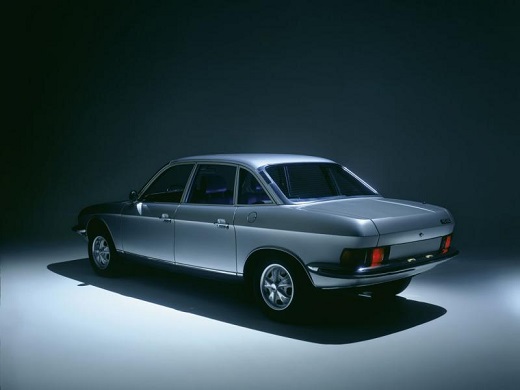
NSU Ro80
Like the Taunus, the Typ 80 was designed to be appealing in design, comfortable and spacious and providing front-wheel drive. The design business appealed to the young Claus Luthe, who previously worked for Fiat, and when the first prototype was finished in early 1963, many thought that this car was designed in Italy. Specifically, compared to the mostly cocky German cars, the Typ 80 had aerodynamic lines, making it one of the leaders in its period. After all the flaws were eliminated, the prototype was introduced to the company’s main people in May 1964. The front people liked the design, but not the car’s dimensions. Specifically, von Heydekampf decided that he did not want to fight Taunus, but against significantly more expensive premium manufacturers, such as the Mercedes W110 and BMW Neue Klasse. To compete with these cars, the Typ 80 had to gain in size, weight and of course the price, which later jumped from the initial 8,000 marks to as many as 14,000 marks. For inspiration, NSU used just that BMW. Namely, after the war ended, the German giant survived thanks to the production of engines and micro cars, but in the 1950s and 1960s it ejected several luxury cars, such as the 502, 503 and 507. Although none of them sold in high numbers. BMW gained a reputation high enough that when Neue Klasse debuted, the audience was captivated. NSU knew that if it wanted to get the attention of customers it had to revolutionize and that the audience didn't want to see another car in the class that stood out from the competition in nothing.
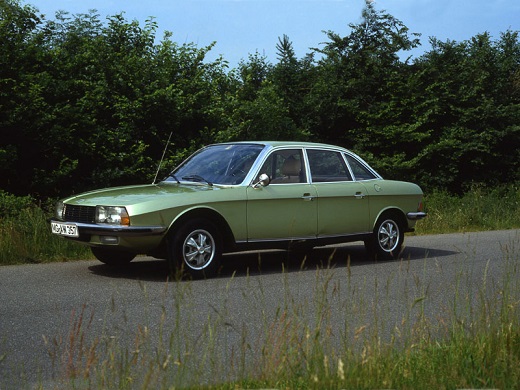
NSU Ro80
The famous German engineer Felix Wankel, who became famous during the war by working on airplanes, was called to help, only to end up in prison before he was released in 1946. Wankel and von Heydekampf were old friends from the post-war period when most NSU engines were used. rotational design. A rotary motor converts pressure into rotational motion instead of using reciprocating pistons. On paper, this design seemed like a winner. Such an engine had far fewer parts than traditional engines, which, at least in theory, should have saved on costs and repairs. The rotary engine was also lighter and more efficient, but it also had a lot of flaws. First of all, it was difficult to repair, a big consumer and perhaps most important of all - it had low quality for a long time. As early as 1960, the rotary engine was found in the Prinz model for testing, but journalists were not overly enthusiastic. However, three years later, at the Frankfurt Motor Show, NSU unveiled its first production car with a rotary engine and named it the Wankel Spider. It shared most of the mechanics and was based on the Sport Prinz, except of course the engine, where there was a small 498 cc engine, but with a solid 50 hp. The Wankel Spider also had solid performance, with acceleration to 100 km / h in 14 seconds and a top speed of 153 km / h. Although Spider was not sold in large numbers, NSU gained the necessary experience, although there were many concerns at the time. Namely, although such an engine was very advanced for its period, the leading people of the company were most concerned about its quality for a longer period. While this may not have been a problem for the small sports car, the production of the luxury sedan was a completely different story.
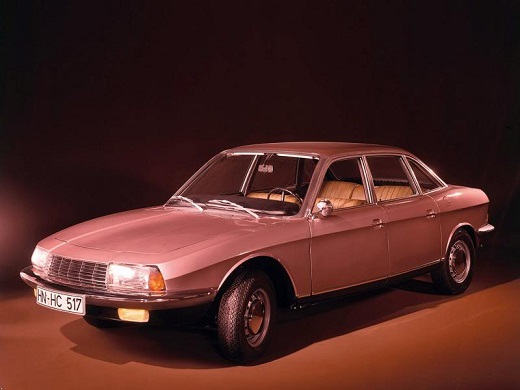
NSU Ro80
But the decision had already been made - when the Prinz 1000 debuted at the Frankfurt Motor Show in 1964, von Heydekampf announced that the company's future lay solely in rotary engines. The serial Typ 80 was officially announced in early 1965, and after a long discussion, the name of the car was changed to Ro80 - Ro for the rotary engine, and 80 for the planned horsepower. However, at that point, the Ro80 was still in the early stages of testing. This car, however, was completely new in every way and did not share anything with the other models of the company. It was also supposed to have a modern suspension and front-wheel drive, which was a rarity in the early 1960s. The original plan required merging two engines from the Wankel Spider, resulting in a size of 995 cc, but probably everyone was surprised when it was announced that the power would not be the original 80 hp but even 112 hp. On paper, the Ro80 acted like a winner, but provided a technology with which NSU itself did not have much experience. The chief engineers asked for extra time for testing, but the company's chief people rejected the idea. Namely, NSU invested a lot of money in the Ro80, and soon debuted a smaller Typ 70 model in response to the BMW 1600, leaving the company without finances. NSU also withdrew from the engine market, so von Heydekampf himself admitted that the entire future of the company depends on the Ro80, although the annual sales of other models exceeded the figure of 100,000 units. The Ro80 debuted at the Frankfurt Motor Show in September 1967 with a length of 4,780 mm, a weight of 1,290 kg and a price tag of 14,150 marks.
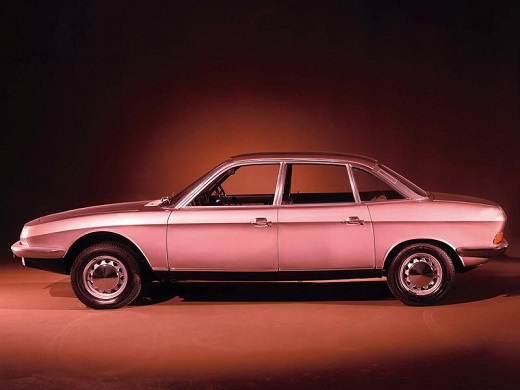
NSU Ro80
It was not only 2,300 marks more than the Opel Commodore but also 1,000 marks more than the Mercedes 230 sedan, then one of Germany's most luxurious cars. Even without a rotary engine, the Ro80 would be a great car. During this period, only the Porsche 911 and Citroen DS were able to steam in aerodynamics, and many sports cars would envy him in his driving behavior and curves. In typical German style, the design was simple with clean lines, and similar can be deduced for an interior where the finish was very high. However, as expected, the engine attracted the most attention. The Ro80 was able to accelerate to 100 km / h in 14 seconds and reach 180 km / h, but the real news was how stable this car was even at high speeds. One of the few criticisms went to the expense of consumption, which reached 18 liters per 100 kilometers of city driving, which was equal to the number of cars with several times larger engines. Sales started solidly and the first years of 6,400 Ro80s found buyers, and the success is much greater when it is known that sales did not start in the UK before the fall of 1968, while American buyers had to wait an extra year. However, problems were in sight, and as expected, the biggest problem was the quality of the engine for a longer period. It was not uncommon that after 40,000 miles of city driving, the rotary engine required major repairs, and NSU soon faced high repair costs under warranty. The biggest culprit for this was NSU itself, which greatly underestimated the owner's drive.
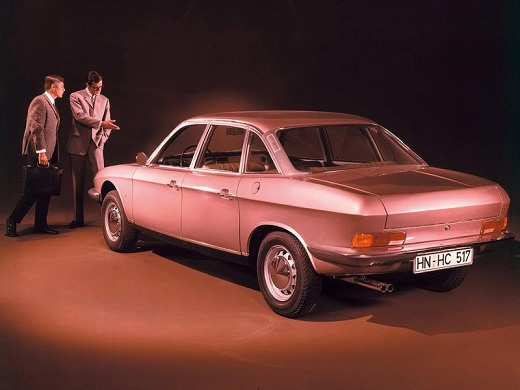
NSU Ro80
Specifically, the German vehicle manufacturer expected most owners to use their Ro80 for longer highway rides, but research has shown just the opposite. Although NSU responded quickly and eliminated early sores, its bad reputation and high production costs had already done enough damage. By 1969, the company's financial situation was getting so bad that even von Heydekampf, who had refused to cooperate with former rivals years ago, was negotiating with Volkswagen. A new spokesman for Germany's largest vehicle maker, Kurt Lotz, considered the company's future after Beetle's life had expired, but von Heydekampf did not want anyone else to have control of his company. Lotz enters into an agreement in which NSU joined Auto Union (Audi), which Volkswagen owned, but NSU had its freedom and did not need the approval of Volkswagen to develop new models. Under a contract signed in March 1969, von Heydekampf was president of the newly formed Audi-NSU-Auto Union, and Volkswagen was not allowed to use rotary technology without first paying financial damages. Lotza was not as interested in the Ro80 as interested in the new NSU Typ 70, which went on sale in 1970 as the Volkswagen K70. In conjunction with Audi, NSU manages to fix most of the problems with the Ro80 and is soon moving to North America. However, due to the strong German mark, the price soon jumps to 18,000 marks, and by 1974 to 20,000 marks.
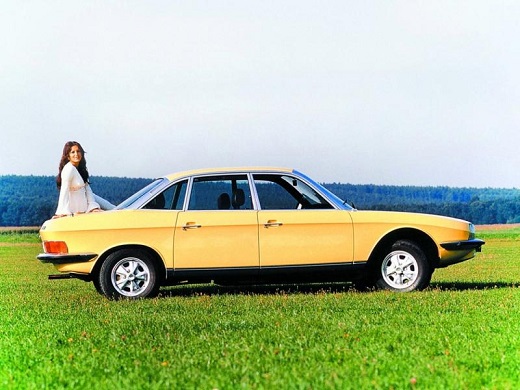
NSU Ro80
This was largely reflected in sales, which amounted to just over 1,000 vehicles annually, with the Volkswagen Group taking full control of the company. By 1975, all NSU models had been replaced with Audi's, and in the same year the K70 came to an end after 211,000 units sold. NSU is trying to negotiate a deal with Citroen, but Volkswagen does not approve of the move and has no interest in saving the company. The German rival got what he wanted, which is modern technology for front-wheel drive, which helped him develop his first such car (Golf). However, despite all the problems, the Ro80 somehow survives and for 1976 gets its first design changes in the form of new bumpers. Audi has also been rumored to be developing a new Ro80, which would deliver a larger 1.5hp 180L rotary engine to rival rivals with the I6 engine, but this news has never been confirmed. When Volkswagen confirmed the new Audi 100, it became clear that there was nothing from the successors. Volkswagen was the most concerned about poor quality and had to protect its reputation, with the last Ro80 coming off the production line on April 19, 1977. During the ten years of production, 37,402 Ro80s left the factories, and this is also the company's latest model, though NSU's name survived until the mid-1980s. His replacement, the Audi 100, did not bring about an impending revolution, but he had proven mechanics, a better-equipped interior and throughout his career had no quality scandals.
It is easy to conclude that the Ro80 was way ahead of its time, which is not always a good thing, but for ten years NSU has shown us what an alternative to a typical luxury German car looked like. Felix wankel later sold the rights to the rotary design, and to this day it is used only by the Mazda RX-8. A solid number of Ro80s have survived, although a large number of them have received better quality engines, and the Ford V4 engine stands out in particular. Volkswagen is today the third largest vehicle manufacturer in the world with the aim of reaching the top spot by 2018, and it is clear that the German giant might not have existed today if it had not been for the NSU technology.
Author: Talladega
Images: NSU
Retrieved from: www.brzabrzina.com
Recommendation of similar texts:

Hi there, I am Mladen and I am an auto enthusiast. I started this blog years ago to help like minded people share information about latest cars, car servicing ideas, used car info, exotic cars, and auto technology. You will find helpful articles and videos on a wide variety of cars - Audi, Mercedes, Toyota, Porsche, Volvo, BMW and much more. Ping us if you have anything cool to share on latest cars or on how to make older cars more efficient, or just want to say hi!

